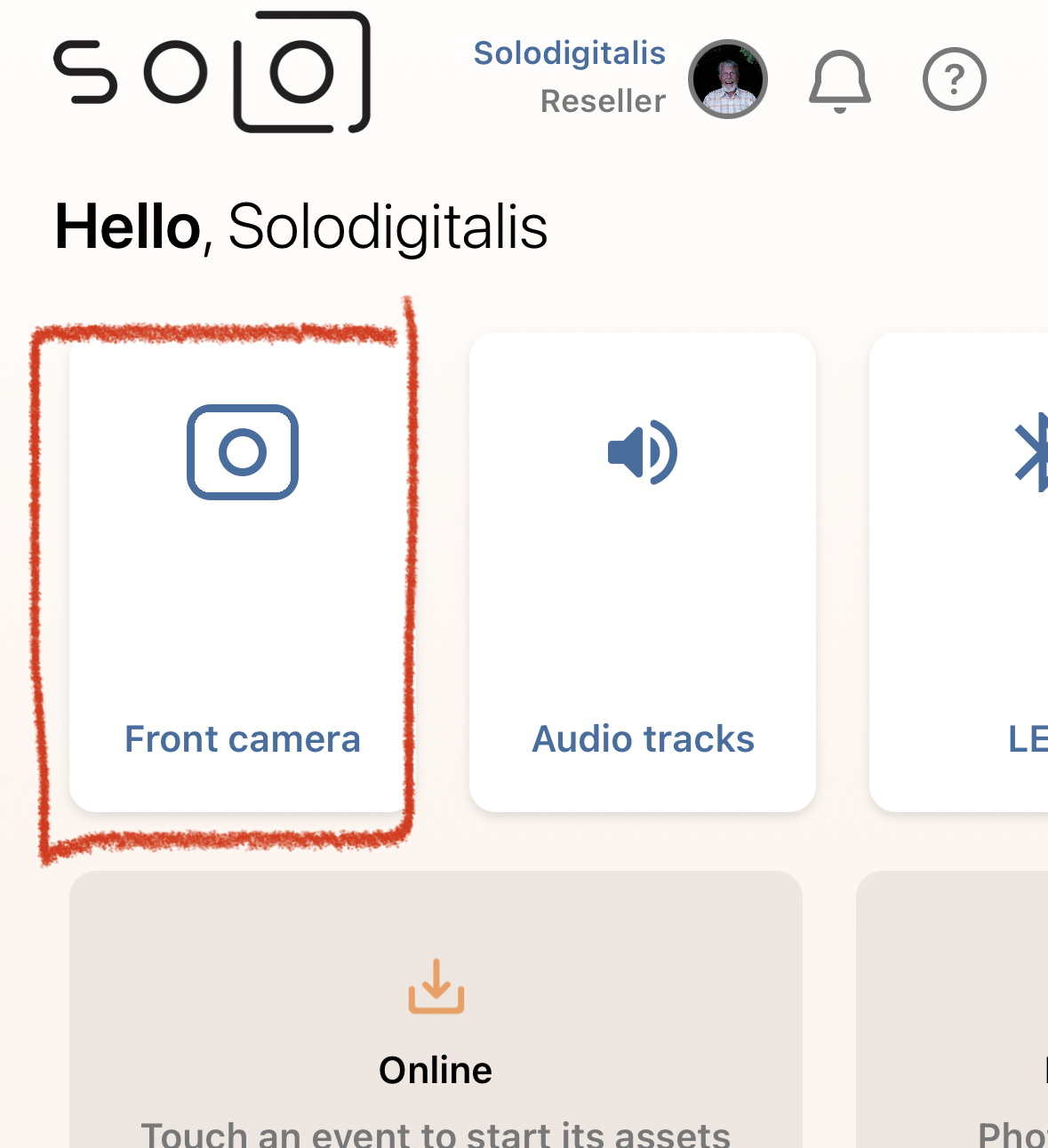How To: Connect a USB camera
With Booth.Events you can connect a Canon, Nikon, or Sony camera via USB to really impress your guests! It's easy: no extra hardware, just use the cable the camera came with.
Requirements
You must use USB to connect your camera: not HDMI.
Booth.Events supports the following cameras:
- Canon DSLR cameras & mirrorless cameras such as the T7i, M50, R100, and many more.
- Please note PowerShot cameras are NOT supported.
- The M3 is not supported.
- Nikon DSLR cameras & mirrorless cameras, such as the D-series and Z-series cameras.
- Please note CoolPix cameras are NOT supported.
- The D80 and D90 are too old - they are not supported.
- Sony DSLR cameras & mirrorless cameras such as the a7 series, a9 series, a1 series, RX series, ZV series.
- Sony a6000 is NOT supported.
- Sony a6300/a6500 are supported, a6100/a6400 are supported with slower/limited functionality.
- Sony cameras don't support video, so the app will use the iPad camera for slow-mos, boomerangs, and video testimonials (more details below in the Sony section)
- There is a section below that contains help specifically for Sony cameras; don't miss it
We are unable to publish a complete list of all cameras supported. The app is free to use so you can try the app with your camera to see if it works before you spend any money or spend time setting things up.
Booth.Events supports the following iPads / iPhones:
- iPads/iPhones with lightning port, using the Apple lightning-USB adapter. You cannot use a direct USB->lightning cable, you must use an adapter. We recommend using this official Apple adapter.
- iPads with USB-C port, using a USB hub or cable. Please note: many USB-C hubs will not work - iPads are picky. Start without a hub, and then try adding the hub into the setup after you have your camera connected and working. We recommend this Dockteck hub.
To keep your iPad powered while your camera is connected, use a USB-C hub that supports PD (power deliver) input, and use an AC adapter that can provide at least 45W of power. See our Recommended Hardware page.
Connect your Camera
To connect an external camera, connect your iPad's USB-C or lightning port to your compatible camera's USB port. Start the app before you turn on your camera.
Make sure your camera is set to shoot JPG. If you want the RAW files for later, shoot in RAW+JPG and the app will ignore the RAW files.
Open the Camera Settings view at least once as you will be prompted only once for permission by iOS that's needed to access your USB camera (your camera doesn't need to be connected for this).
